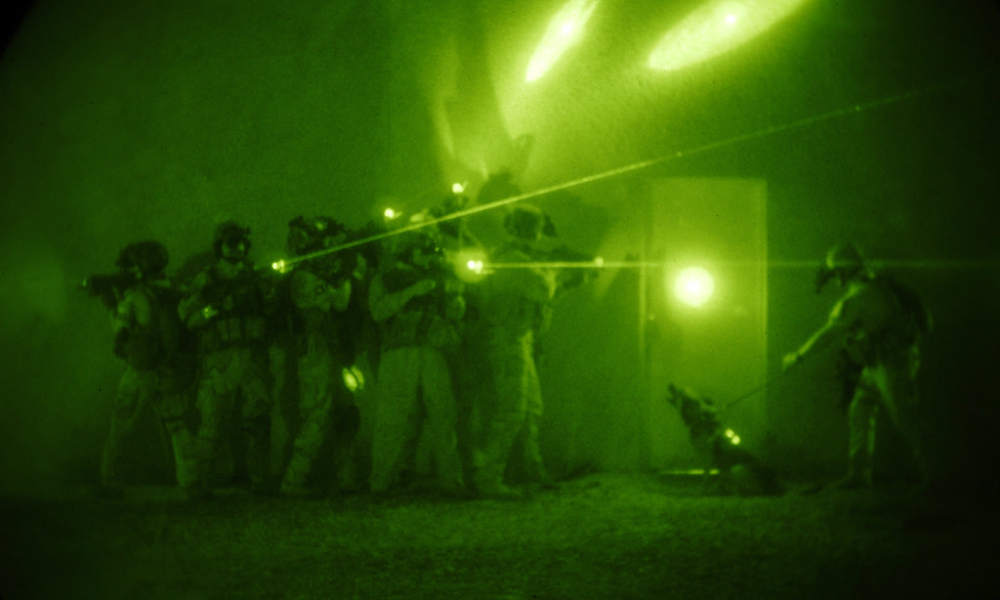By George Friedman
 A recession in the United States is likely to come in the next two years. It is difficult to determine when a recession will occur based solely on economic activity. Economists argue about the precursors to a recession as a matter of course. I am not making the case that one will happen because I believe I am competent to enter that debate. Rather, I am making the case that one is increasingly likely simply by looking at the frequency with which they occur.
A recession in the United States is likely to come in the next two years. It is difficult to determine when a recession will occur based solely on economic activity. Economists argue about the precursors to a recession as a matter of course. I am not making the case that one will happen because I believe I am competent to enter that debate. Rather, I am making the case that one is increasingly likely simply by looking at the frequency with which they occur.
The last recession started in 2007 and ended in 2009. The one before that started and ended in 2001. The two previous recessions ran from 1990 to 1991 and from 1981 to 1982. In these cases, the time between the end of one recession and the start of another was about eight years on average. Between 1945 and 1981, recessions were much more frequent, but obviously something has happened to extend the time between them.
Newspapers are seen for sale at a newsstand Sept. 16, 2008 in New York City. The previous day, the Dow Jones Industrial Average plunged 4.4 percent or 504 points, the worst single-day loss since the terrorist attacks of Sept. 11, 2001. Mario Tama/Getty Images

















